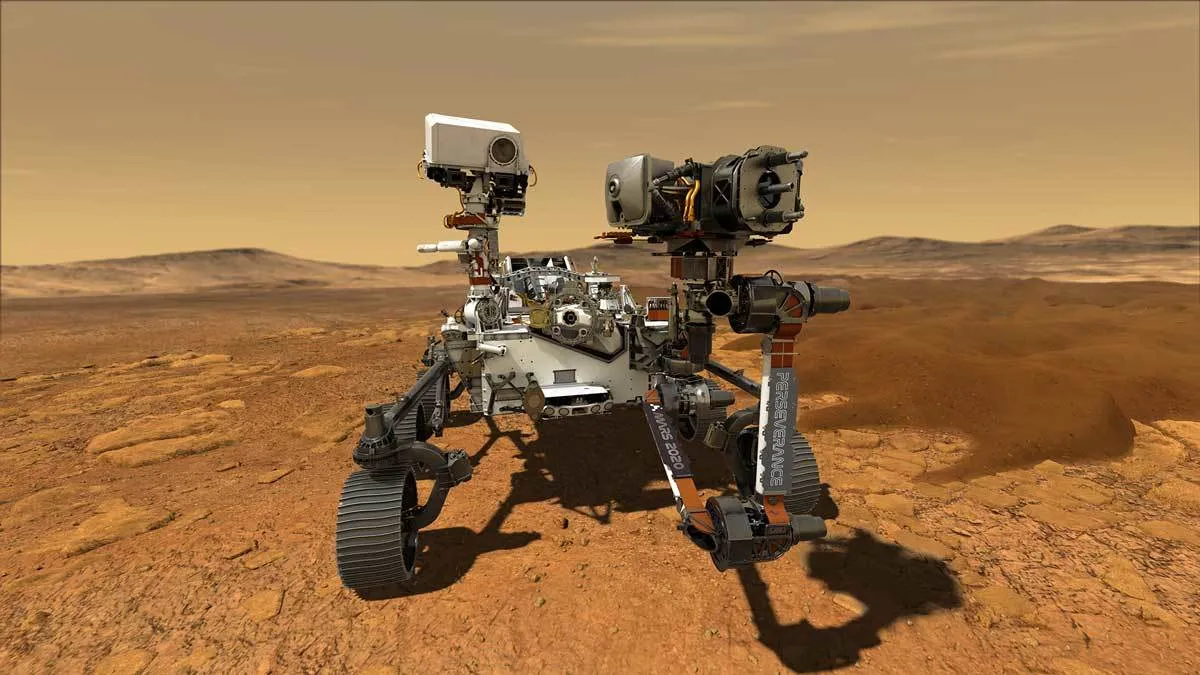NASA’s Jet Propulsion Laboratory used AI to identify fresh craters on Mars.
A team of planetary scientists and AI researchers at NASA’s Jet Propulsion Laboratory in Southern California tapped artificial intelligence to identify fresh craters on Mars. The High-Resolution Imaging Science Experiment (HiRISE) camera aboard NASA’s Mars Reconnaissance Orbiter (MRO) spotted the craters. AI technology first discovered the craters in images taken the orbiter’s Context Camera, then scientists followed up with the HiRISE image to confirm the craters. The accomplishment offers hope for both saving times and accelerating the volume of findings, as noted by NASA’s Jet Propulsion Laboratory.
According to the laboratory, scientists typically spend hours each day studying images captured by NASA’s MRO, looking for changing surface phenomena like dust devils, avalanches, and shifting dunes. In the orbiter’s 14 years at Mars, scientists have relied on MRO data to find over 1,000 new craters. The craters found were created by several pieces of a single meteor. The largest crater was about 13 feet (4 meters) wide. Cumulatively, the craters span about 100 feet (30 meters) of the Red Planet’s surface and were found in a region called Noctis Fossae.
Scientists normally search for these craters by scanning images captured by the NASA MRO’s Context Camera, which takes low-resolution images covering hundreds of miles at a time. However, the process is time-intensive, as well as takes researchers around 40 minutes to scan one Context Camera image. To stimulate this process, the JPL research team designed a tool called “automated fresh impact crater classifier”, as part of a broader JPL effort named COSMIC (Capturing Onboard Summarization to Monitor Image Change) that creates technologies for future generations of Mars orbiters.
#artificial intelligence #latest news #ai
